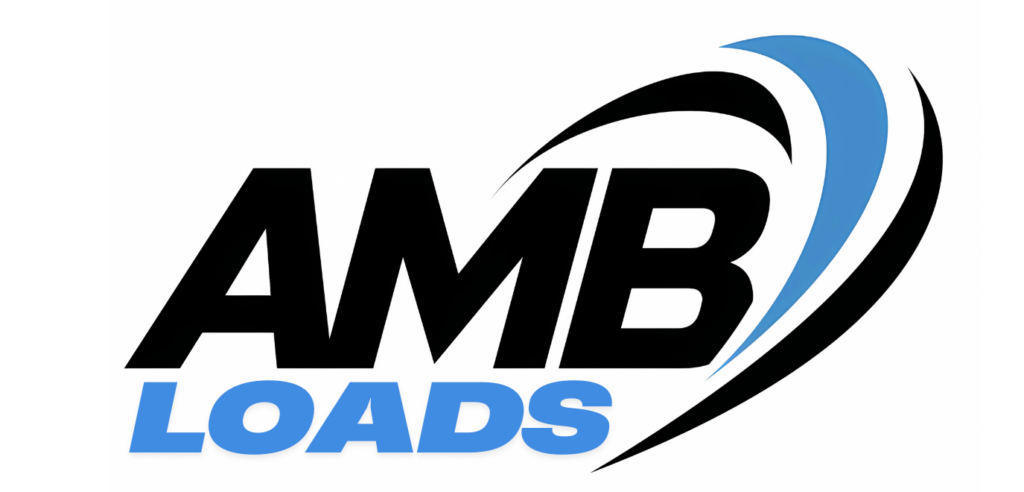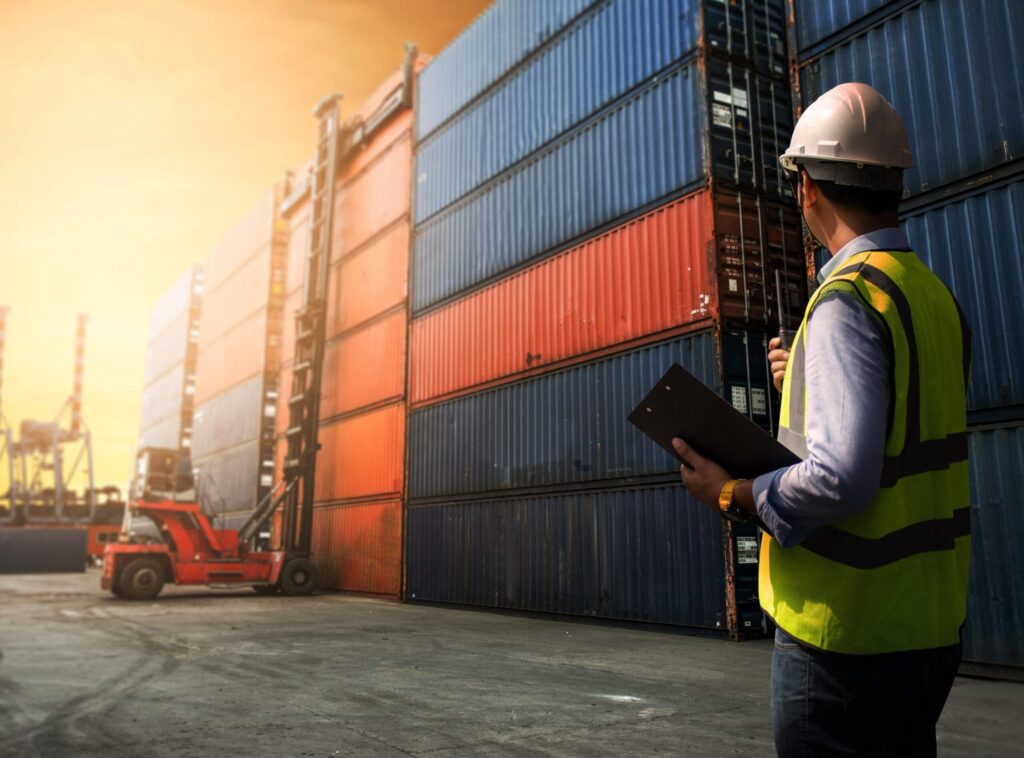Navigating the Evolving Tariff Landscape Between the U.S. and Europe
Importers bringing goods into the U.S. are facing frequent shifts in tariffs and trade regulations. Recent months have seen new and revised tariffs across various countries and product categories. With upcoming changes expected in April, including the potential implementation of reciprocal tariffs by the U.S. government, many importers are now looking ahead and preparing for the possible economic ripple effects.
How U.S. Tariffs Could Affect European Trade
A 25% tariff on steel and aluminum imports from Europe has been in place since March 12. Given that the U.S. is a major trading partner for the European Union (EU), these duties are already impacting businesses across the region. In response, the EU has outlined plans to introduce proportionate countermeasures, with new tariffs expected to take effect soon—although negotiations remain open.
Additionally, a 25% tariff on vehicles and auto parts exported to the U.S. was announced on March 26. While not yet enforced, this move signals broader changes ahead.
If the proposed reciprocal tariffs between the U.S. and EU are implemented, the impact on Europe’s economy could be significant—considering around 20% of EU exports are bound for the U.S.
Industries Most at Risk
Although exact details haven’t been finalized, it’s anticipated that tariffs could be extended to sectors such as lumber, semiconductors, and pharmaceuticals. These changes could lead to increased costs and reduced competitiveness for European products in the U.S. market.
In turn, this may prompt the EU to enforce additional countermeasures, much like the response to prior steel and aluminum tariffs.
How European Exporters Can Prepare
For companies exporting to the U.S., preparation is key. Consider these proactive strategies to minimize disruptions:
✅ Diversify Your Markets
Exploring alternative global markets with lower tariff rates can help balance your overall export strategy and reduce dependency on the U.S.
✅ Utilize Foreign Trade Zones (FTZs)
Storing goods in FTZs can help delay tariff payments. This is particularly useful for high-value products, allowing companies to better manage cash flow by paying duties only when products leave the zone.
✅ Consolidate Shipments
AMB Loads offers entry consolidation services that can combine multiple shipments into a single customs entry. This method can significantly reduce processing fees and overall customs costs.
✅ Stay Updated and Consult Professionals
Trade laws and tariffs can change quickly. AMB Loads recommends staying informed through official sources and working with logistics experts who can help you develop a strategy to adapt to shifting regulations.



